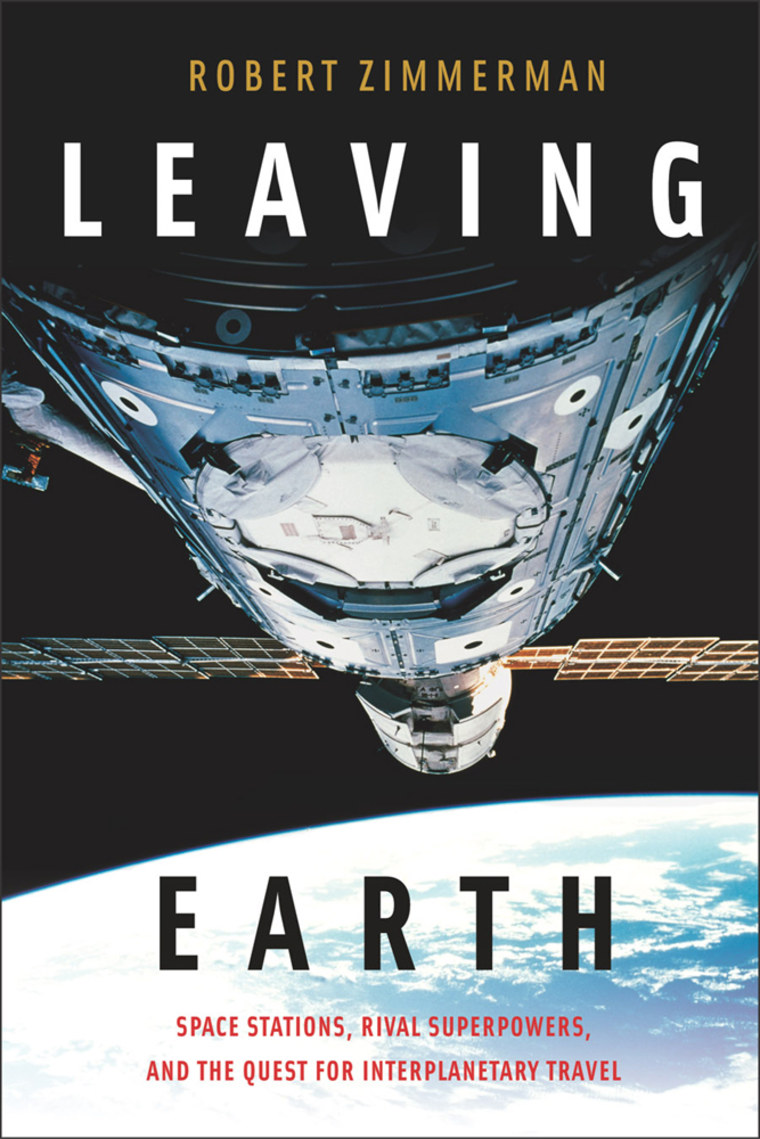A thousand years ago, a collection of shipbuilding tribal clans on the coasts of Norway, Denmark, and Sweden scattered outward, using their revolutionary ships to trade, conquer, and emigrate across a vast, worldwide expanse. The Vikings became bodyguards to the rulers of Constantinople. Their ships brought them to Greenland and the northern coasts of North America. In the Mediterranean, their sailing and shipbuilding techniques revolutionized ship design and trade.
They changed the world most, however, in how they shaped the culture of Europe — especially England and Russia. Vikings conquered and settled large regions in eastern England and the forests surrounding Moscow, bringing to both places their fiercely independent and freebooting culture of trade and exploration.
The consequences of that immigration was that, a thousand years later, the citizens of both the United States and Russia — coming from opposite sides of the globe with many social traditions that couldn’t be more different — are in other ways remarkably similar. The ancestors of both peoples were pioneers. As the Americans worked their way westward, the Russians moved east. The land both groups settled was harsh, brutal, and unyielding. Death was omnipresent. Out of these two pioneer struggles have risen nations able to forge in the sky the first rockets, the first spacecraft, and the first tentative and grand attempts to colonize the stars.
Now, both countries stand together in space, carving in the emptiness of space a new pioneer spirit, bull-headed and independent in its own way. Though their politicians still argue, and the bureaucrats and administrators on Earth still try to exert control over what these space explorers do, the men and women in space are nonetheless trailblazers, rough-hewn by the technically challenging and harsh environment of the universe they are trying to colonize.

And though they rarely say it out of fear that their incautious words might upset an Earth-based politician who might have the power to cancel their missions, they understand that the only real reason to build the International Space Station is to learn how to build interplanetary spaceships. As Wernher von Braun, Willy Ley, and Sergei Korolev noted a half-century ago, once in orbit it doesn’t take much additional energy to propel a habitable vessel on its way to Mars, or anywhere else in the Solar System.
And spacefarers like Sergei Krikalev, Shannon Lucid, Valeri Polyakov, and Bill Shepherd want to go, very badly. As Shepherd said at one point during that first expedition to ISS, “Put some more engines on this thing and send up that Mars vector!”
The trouble is, if they don’t get the chance to put those engines on soon, the American and Russian effort to colonize the stars might simply peter out. Repetitious crew visits that don’t seem to accomplish anything significant will only bore the public, destroying whatever excitement people might feel for space exploration. We can see this sad phenomenon already occurring with the first crews of the ISS. They go up, spend some time going around the Earth, and then come down. After the first few times, the whole trip begins to seem rather pointless.
Yet it isn’t pointless. Or at least, it shouldn’t be. If the focus were shifted to where it belongs, toward preparing the station for its eventual launch toward Mars, then everything these men and women did while in orbit would suddenly take on a greater intensity and significance. They would have a larger mission that would not only energize them but also excite the rest of the world.
Every technical question they face today would finally have a coherent purpose: to make the station as independent of Earth as possible. How reliable are the station’s systems? To what degree can it grow its own food? How self-sufficient is its atmosphere and water supplies? If not self-sufficient, how long can its supply of water, food, and oxygen actually last? Instead of making the station’s atmospheric systems less able to recycle its air and water (in order to save money), the goal would be to make them more self-sufficient. Instead of computerizing the station so that ground controllers could run it, the station would be operated entirely by the crew, and be made as simple as possible so that the crew could easily maintain and repair it themselves.
And instead of keeping the crew missions short, less than six months, the effort would be to lengthen the flights. Only by breaking Polyakov’s fourteen-and-a-half month record and flying in space for eighteen months or longer (as he originally intended), will it be possible to find the likely candidates with a rate of bone loss low enough—less than half a percent per month—to travel in space for one to two years and still make it to the Martian surface without breaking their bones.
Suddenly, every action on board would have a purpose besides merely station-keeping. And the challenge (and greater danger) of lifting this huge hulking station out of Earth orbit and into the great beyond would become real and present, for all to see with every spin of the station.
Finally, and most importantly, by recognizing that ISS is really nothing more than a test version of an interplanetary spaceship, the very idea of journeying to Mars suddenly seems far less difficult and inconceivable. There is no need, as suggested repeatedly by many in NASA, to do decades of studies costing billions of dollars (while employing thousands of well-paid government workers) to figure out how to go. The first prototype of that vessel is already being built in orbit, and the extra cost and design work to “put some more engines on this thing” and send it to Mars is relatively insignificant.
